Comprehensive Relief Is Here
Jaw popping and stiffness. Migraines. Neck and back pain. As diverse as these symptoms are, they all may have TMJ disorders as a common cause. Often problems with your temporomandibular joints (TMJ)—where your lower jaw connects to your skull—are due to teeth or jaw misalignment.
At Advanced Dentistry of Mohegan Lake, TMJ treatment is one of our signature services. We have advanced training in neuromuscular dentistry and physiologic dentistry from the acclaimed Las Vegas Institute. Some of the most comprehensive capabilities for diagnosing and treating temporomandibular disorders anywhere. We’re your home for effective, reliable TMJ treatment in Mohegan Lake and Tarrytown, NY.
Experiencing Jaw Pain? This Could Be Why...

Common TMJ Disorder Symptoms
- Jaw discomfort and locking
- Neck pain and stiffness
- Misaligned teeth
- Worn-down teeth
- Headaches/migraines
- Eye pain
- Backaches
- Earaches
- Tinnitus
- Vertigo
Unmatched TMJ Treatment Options
Though TMJ problems can impact many parts of your upper body, treating the affected area can make all of your symptoms disappear. We have both the extensive expertise and technology to identify and treat these, allowing you to live a comfortable life with normal jaw function again. We provide phased treatment that usually includes one or many of these solutions:
J5 TENS Unit
K7 Evaluation System
Tekscan® T-Scan
The Wellness Hour - Dr. Sepiashvili Discusses Treatment Options For TMJ/TMD



